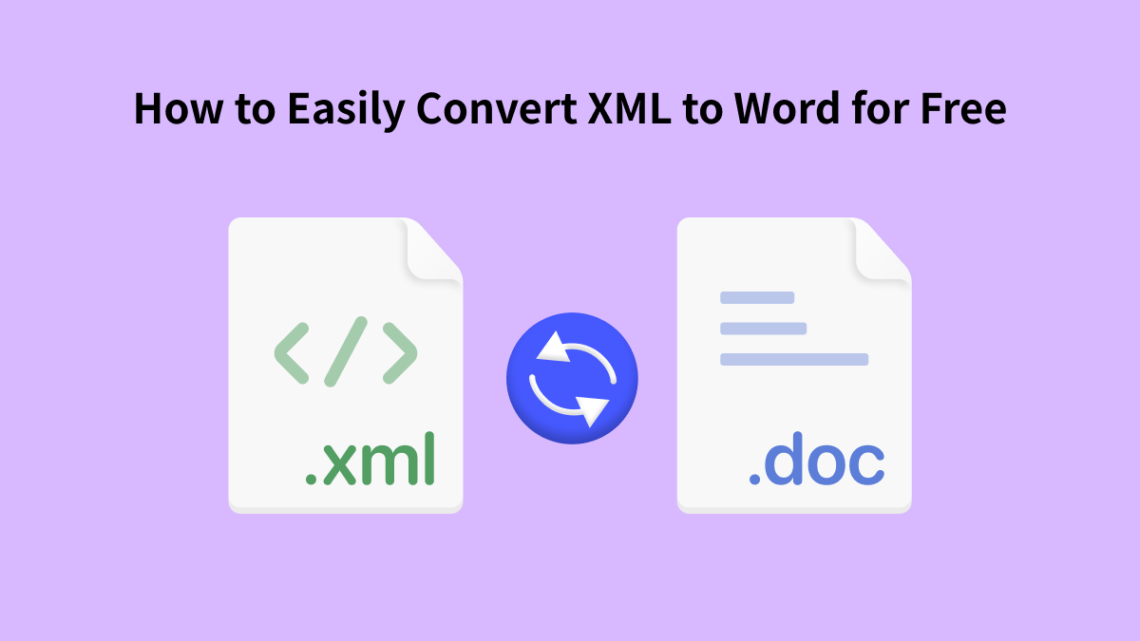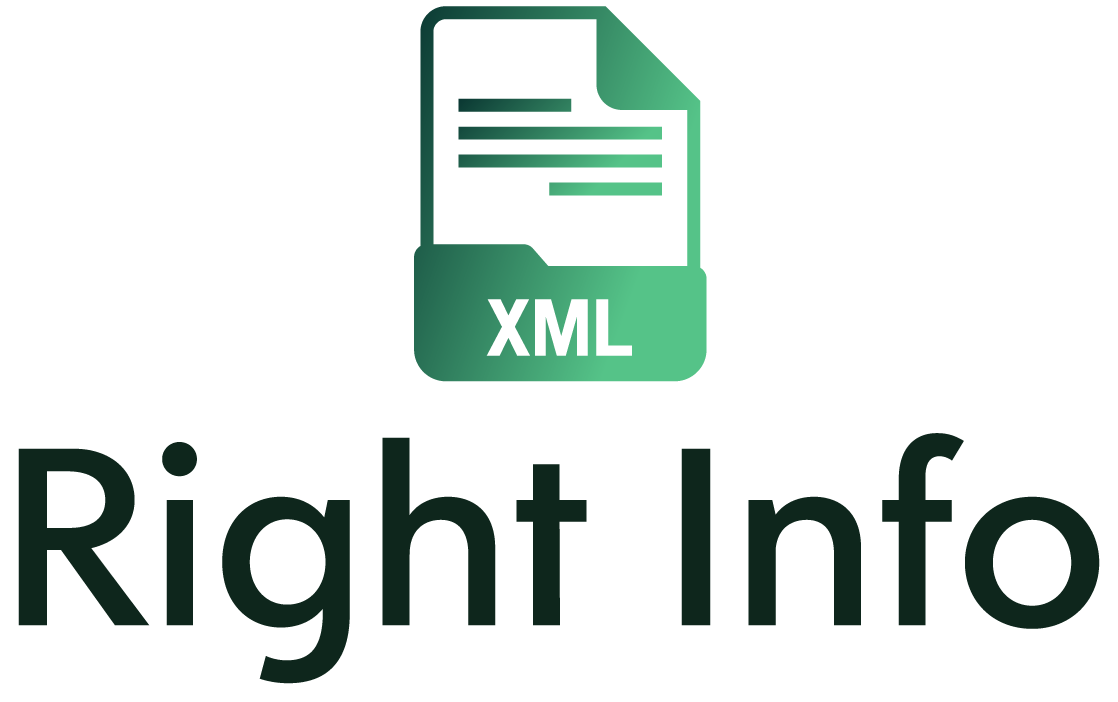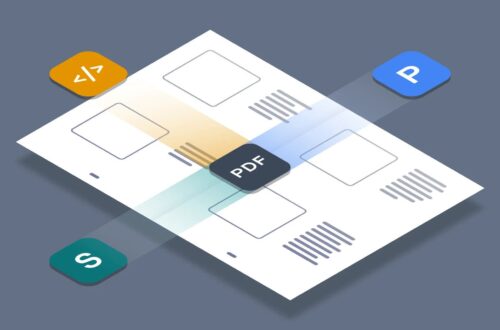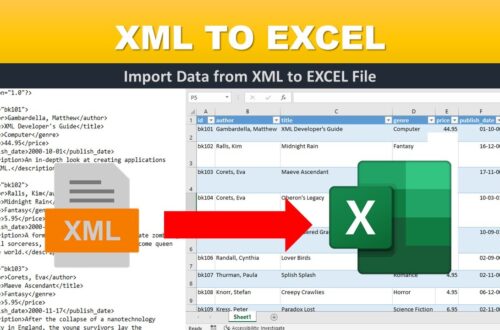
Converting XML to Word for Flexible Content Generation
The ability to generate and modify content efficiently is paramount. XML, a versatile markup language, plays a pivotal role in data organization and storage. Microsoft Word, on the other hand, remains a staple for creating and formatting textual content. By combining the capabilities of XML and Word, users can achieve a dynamic and flexible content generation process. This guide will provide you with a step-by-step understanding of how to convert XML files to Word documents, enabling you to harness the full potential of these tools.
Converting XML to Word
Converting XML to Word involves transforming structured data into a visually appealing and editable document. This process empowers content creators to maintain the integrity of their data while utilizing Word’s rich formatting options. Here’s a concise overview of the conversion process:
- Understanding XML Structure: XML uses tags to define data elements and their relationships. Before conversion, it’s essential to comprehend the structure of the XML file.
- Selecting a Conversion Method: There are several methods for converting XML to Word. One popular approach is using XSLT (Extensible Stylesheet Language Transformations) to define the transformation rules.
- Creating XSLT Stylesheets: XSLT stylesheets act as intermediaries between XML and Word. They specify how XML data should be presented in the Word document.
- Applying the XSLT Transformation: With the stylesheet in place, apply the XSLT transformation to the XML data. This generates a Word document with the desired formatting.
- Fine-Tuning the Output: Review the generated Word document and make any necessary adjustments. This step ensures that the content appears as intended and is ready for further editing.
- Editing in Microsoft Word: Open the converted Word document in Microsoft Word. Here, you can take advantage of Word’s editing tools to refine the content, add images, and incorporate additional elements.
Benefits of Converting XML to Word
The process of converting XML to Word offers numerous benefits that enhance content generation workflows. Some of the key advantages include:
- Preserving Data Integrity: XML contains structured data that may include complex hierarchies. Converting it to Word while retaining its structure ensures that data integrity is maintained.
- Efficient Content Creation: Word provides an intuitive interface for editing and formatting content. By converting XML to Word, content creators can leverage Word’s user-friendly tools.
- Customized Formatting: Word offers a wide range of formatting options. Converting XML to Word allows you to apply customized formatting to the content, making it visually engaging.
- Collaboration and Review: Word documents are easily shareable and allow for collaborative editing. Converting XML to Word simplifies the review process, enabling multiple stakeholders to provide input.
Expert Insights: Streamlining Content Workflows
We reached out to experts in content creation and XML integration to gain insights into the benefits of converting XML to Word. According to Jane Miller, a seasoned content strategist, “Converting XML to Word bridges the gap between structured data and user-friendly content creation. This synergy is invaluable for businesses aiming to streamline their content workflows.”
FAQs
How do I choose the right XSLT stylesheet for conversion?
Choosing the appropriate XSLT stylesheet depends on the desired output and the complexity of your XML data. It’s recommended to work with a developer experienced in XSLT transformations for optimal results.
Can I include images from XML in the converted Word document?
Yes, you can certainly include images from the XML file in the converted Word document. The process involves configuring your XSLT stylesheet to handle image elements appropriately during the conversion. By setting up the stylesheet to recognize image tags and specifying how they should be presented in the Word document, you can seamlessly integrate images into your final content. This allows you to enhance the visual appeal and comprehensiveness of your Word document while preserving the structured data from the XML source. Just ensure that your stylesheet is designed to handle images and their attributes effectively to achieve the desired outcome.
Is the formatting of the converted document editable?
Absolutely. Once the XML is converted to Word, you have full control over the formatting. You can modify fonts, styles, colors, and more using Word’s editing capabilities.
Are there any limitations to the conversion process?
While converting XML to Word offers remarkable flexibility, complex XML structures with intricate dependencies might require more advanced XSLT techniques. Consulting an expert can help overcome such challenges.
Can I automate the XML to Word conversion for multiple files?
Absolutely, you can automate the XML to Word conversion process for multiple files. Automation streamlines the conversion procedure and saves valuable time, especially when dealing with a large volume of XML files. Here’s how you can achieve automation:
- Batch Processing: Create a script or program that can iterate through a folder containing your XML files.
- XSLT Transformation: Incorporate the XSLT transformation within the script. This ensures that the conversion rules are consistently applied to each XML file.
- Looping Mechanism: Set up a loop in the script to process each XML file one by one. Apply the XSLT transformation to convert the XML data into Word format.
- Output Management: Organize the generated Word files in a specific output folder. This keeps your converted documents separate from the original XML files.
- Error Handling: Implement error-handling mechanisms in the script to handle any issues that may arise during the conversion process.
- Run the Script: Execute the script, and it will automatically convert each XML file to its corresponding Word document.
Are there any security considerations when converting XML to Word?
When dealing with sensitive data, it’s essential to ensure that the conversion process maintains security protocols. Work with professionals who prioritize data integrity and security.
Enhance Your Content Generation
Converting XML to Word for flexible content generation is a game-changer for businesses and individuals seeking efficient content workflows. By seamlessly merging structured XML data with the user-friendly interface of Microsoft Word, you can unlock a new realm of possibilities. Whether you’re creating reports, manuals, or educational materials, this conversion process empowers you to craft content that resonates with your audience. Embrace the synergy of XML and Word, and take your content creation process to the next level.





